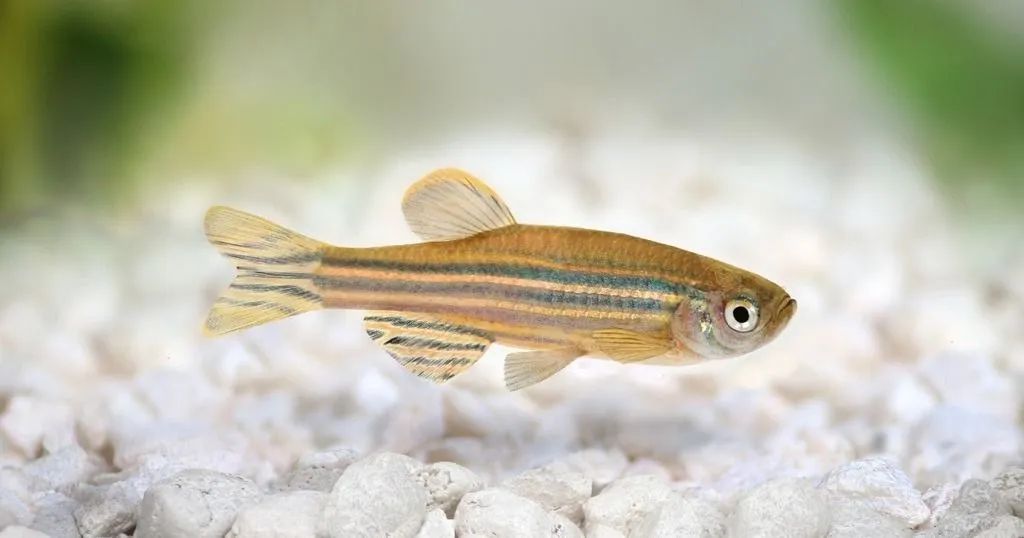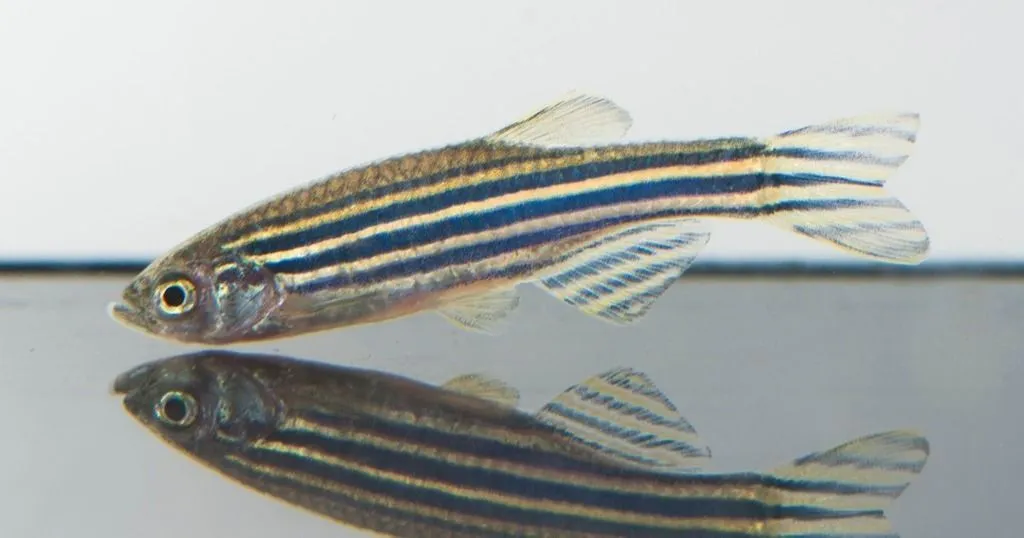Blog posts tagged with zebrafish

18 Nov
animal behavior research
Zebrafish Research
What can I use DanioVision for?
Researchers use zebrafish of all life stages, from embryo's to full adults. These researchers do high-throughput research and are therefore in need of a good automated system. DanioVision is the best tool for this type of research.

18 Apr
animal behavior research
Zebrafish Research
Tiny plastics, big problems: do nanoplastics affect neurodevelopment?
Nanoplastics are everywhere in the news nowadays. But how exactly do they influence our development. Researchers used DanioVision and EthoVision XT to track the development and behavior of exposed zebrafish. Keep reading to see their results

31 Jan
animal behavior research
Other (Animal)
Neuroscience conferences you should visit in 2025
Conferences are a great place to network and learn. However, there are many different conferences to choose from. In this blog we have outlined our favourite conferences of 2025.
21 Feb
animal behavior research
Research Methods
5 reasons that prove why a high-quality camera is essential for video tracking
In animal behavioral research, especially when we're looking at rodents and zebrafish, getting your behavioral analysis right is crucial. Top-notch camera technology therein is a must have.

02 Nov
animal behavior research
Zebrafish Research
Zebrafish Research made easy: a dive into the Gerlai Lab
Recently, we published a customer story on the Gerlai Zebrafish Lab in Toronto. In this blog we would like to tell you about the things we learned that could not fit into the video.

14 Sep
animal behavior research
Zebrafish Research
The effect of environmental levels of lead on zebrafish development
Lead exposure has a negative influence on the developing brain and body. Zebrafish research allows us to understand the effects of lead poisoning on the different stages of life.

05 Sep
animal behavior research
Anxiety, Depression and Fear
Diving deeper: Obesity and Anxiety, a scientific perspective
It seems that there is a relationship between poor mental health and obesity. But the exact reasoning is far from clear. Animal experiments can shed light on the situation

25 Jul
animal behavior research
Research Methods
Everything you need to know about EthoVision XT
Over the last 25 years EthoVision XT has evolved from a video tracking software into an advanced, but user friendly, software platform. In this blogpost we tell you everything you need to know about EthoVision XT!

30 May
animal behavior research
Zebrafish Research
Breathe easy, a novel approach to monitoring respiratory activity in zebrafish
Researchers from the University of Heidelberg used DanioScope in a novel way to objectively measure breathing in zebrafish embryos and larvae.

11 May
animal behavior research
Zebrafish Research
Are fish empathic?
Ever wondered if fish can be empathetic towards each other? Find out in this blog how oxytocin plays a role in fish behavior!